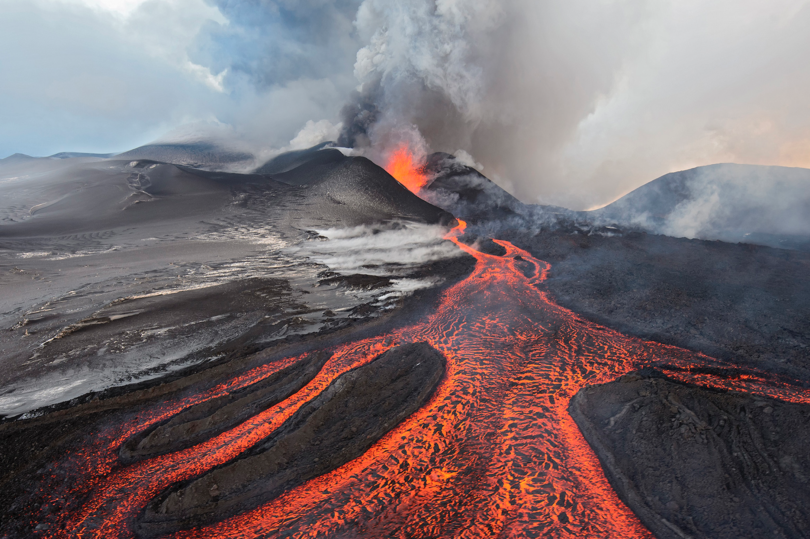The summer of 821 was wet, cold and yielded a poor harvest. Then winter came. Temperatures plunged. Blizzards smothered towns and villages. The Danube, the Rhine and the Seine—rivers that never froze—froze so hard that the ice covering them could be crossed not just on foot but by horse and cart. Nor did spring bring respite. Terrible hailstorms followed the snow. Plague and famine followed the storms. The next few winters were worse. Fear stalked the land. A volcano now called Katla, on what was then an unknown island, now called Iceland, was to blame.
You may also like
SCIENTISTS HOPE TO RESTORE EXTINCT GALAPAGOS TORTOISE
Major Hurricane Irma likely to deliver destructive...
Category 5 Irma Takes Aim on Florida
Computer models show Irma inching toward the...
Largest asteroid in a century to whiz by Sept 1
Tropical Storm Harvey likely to inundate Texas with 25...
About the author
Teunis Felter
Teunis Felter has over 20 years experience as an author, editor, and scientist. When not exploring outside, he enjoys reading history, researching genealogy, and civilly discussing politics.







